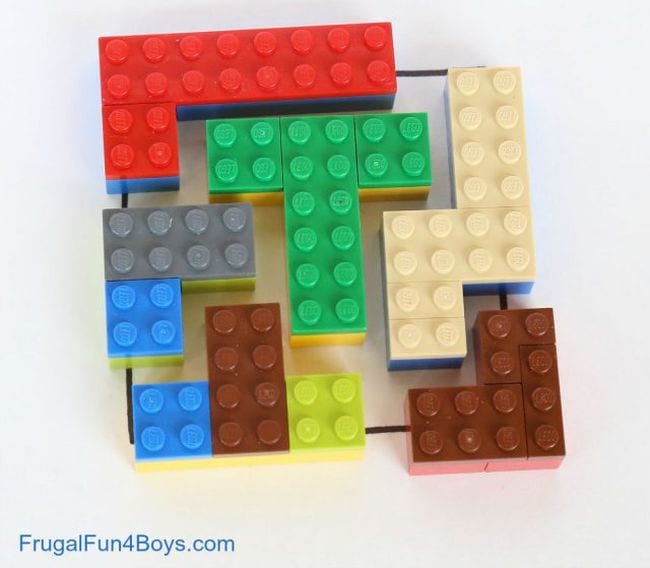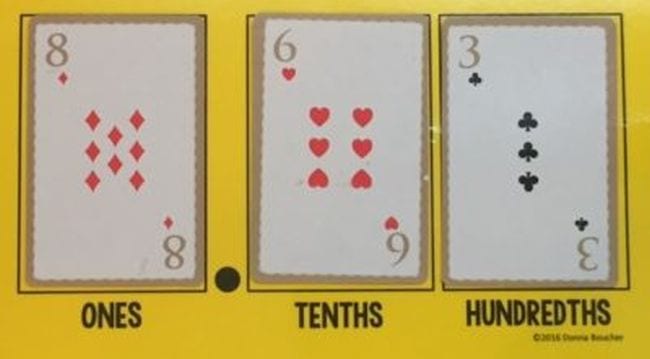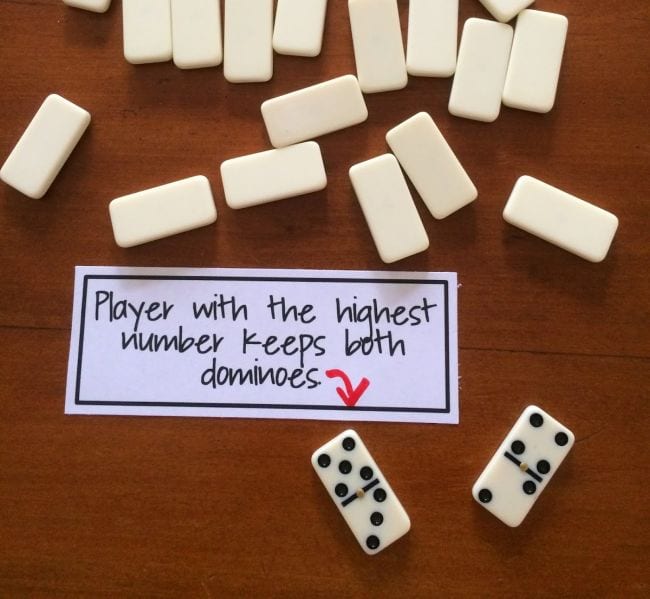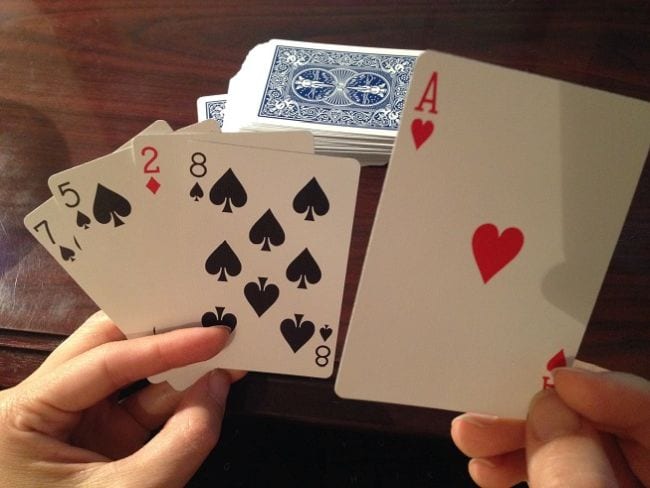This site is no longer being updated. Visit the new Math Support site.
Welcome
This site is meant to provide students and parents of HBSE with additional math resources. Please feel free to contact us with questions or comments.Quick Links
Archives
This site is no longer being updated. Visit the new Math Support site.
Baseball in math – yes! From a pitcher’s ERA to a hitter’s on-base percentage. Calculate some statistics about your favorite players!

The challenge: Build a 10×10 puzzle from LEGO bricks for your friends to solve. Have kids figure the perimeter and area of each puzzle piece too.
Learn more: Frugal Fun for Boys and Girls
From: We Are Teachers

In third grade math, students start learning fractions in earnest. Playing with LEGOs makes it fun! Kids draw cards and use colored bricks to represent the fraction shown.
Learn more: JDaniel4’s Mom
From: We Are Teachers

Each player gets three cards and privately determines the highest three-digit number they can make (you can use decimals or not, depending on age). Then, each player has a turn to stick with the cards they have, swap with one from the deck, or steal one of the other player’s. All players then lay down their best number to see who wins. See more at the link below.
Learn more: Math Coach’s Corner
From: We Are Teachers
Players: two to four.
Equipment: two players need one deck of playing cards, three or four players need a double deck.
 Remove the jokers from your deck of playing cards. Each number card will represent its face value, aces count as one, and face cards as twelve.
Remove the jokers from your deck of playing cards. Each number card will represent its face value, aces count as one, and face cards as twelve.
Deal five cards to each player. Set the remainder of the deck face down in the middle of the table as a draw pile.
You will play four (or more) rounds:
In each round, players choose two cards from their hand to make a fraction that is as close as possible (but not equal) to the target number. Draw two cards to replenish your hand.
The player whose fraction is closest to the target collects all the cards played in that round. If there is a tie for closest fraction, the winners split the cards as evenly as they can, leaving any remaining cards on the table as a bonus for the winner of the next round.
After the last round, whoever has collected the most cards wins the game.
From: Denise Gaskin

Students deal two cards, flips them to make a numerator and denominator, then determine whose fraction is the largest. The winner keeps all four cards, and play continues until the cards are gone.. Comparing fractions gets a little tricky, but if kids plot them on a fraction number line first, they’ll be practicing two skills at once.
Learn More: Mrs. Weigand’s Mathematics Resources
From: We Are Teachers

Eventually, kids will have to memorize multiplication facts, and this quick and easy domino game can help. Each player flips a domino and multiplies the two numbers. The one with the highest product gets both dominoes.
Learn more: Fun Games 4 Learning
From: We are Teachers

Think Go Fish, but instead of matching pairs, the aim is to match two cards in which one can divide evenly into the other. For instance, 8 and 2 are a pair, since 8 ÷ 2 = 4.
Learn more: cuppacocoa
From: We Are Teachers
The object of this game is to be the first person to collect ten cards that exactly equal $1.00.
The player with the most points at the end of ten rounds wins!
From: Math Geek Mama